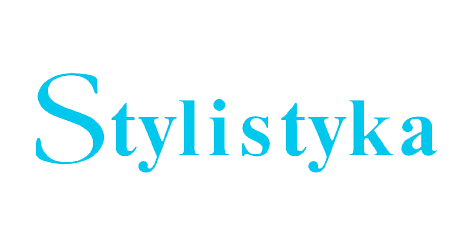

The paper describes the parameters of verba I communication with the addressee playing
an active part as:
I ) the addresser's coauthor when choosing the topie, the style, the genre, the metalanguage
etc.;
2) the recipient, who receives, understands and interprets the message, and has common
background cultural knowledge and presuppositions with the addresser;
3) the respondent dependant on the preceding discourse/text;
The classification of the types of addressees is suggested.
Thus the addressee is regarded as an active, next to the addresser, participant of verbal
communication.
Pobierz pliki
Zasady cytowania
Licencja

Utwór dostępny jest na licencji Creative Commons Uznanie autorstwa – Użycie niekomercyjne – Na tych samych warunkach 4.0 Międzynarodowe.